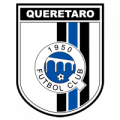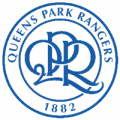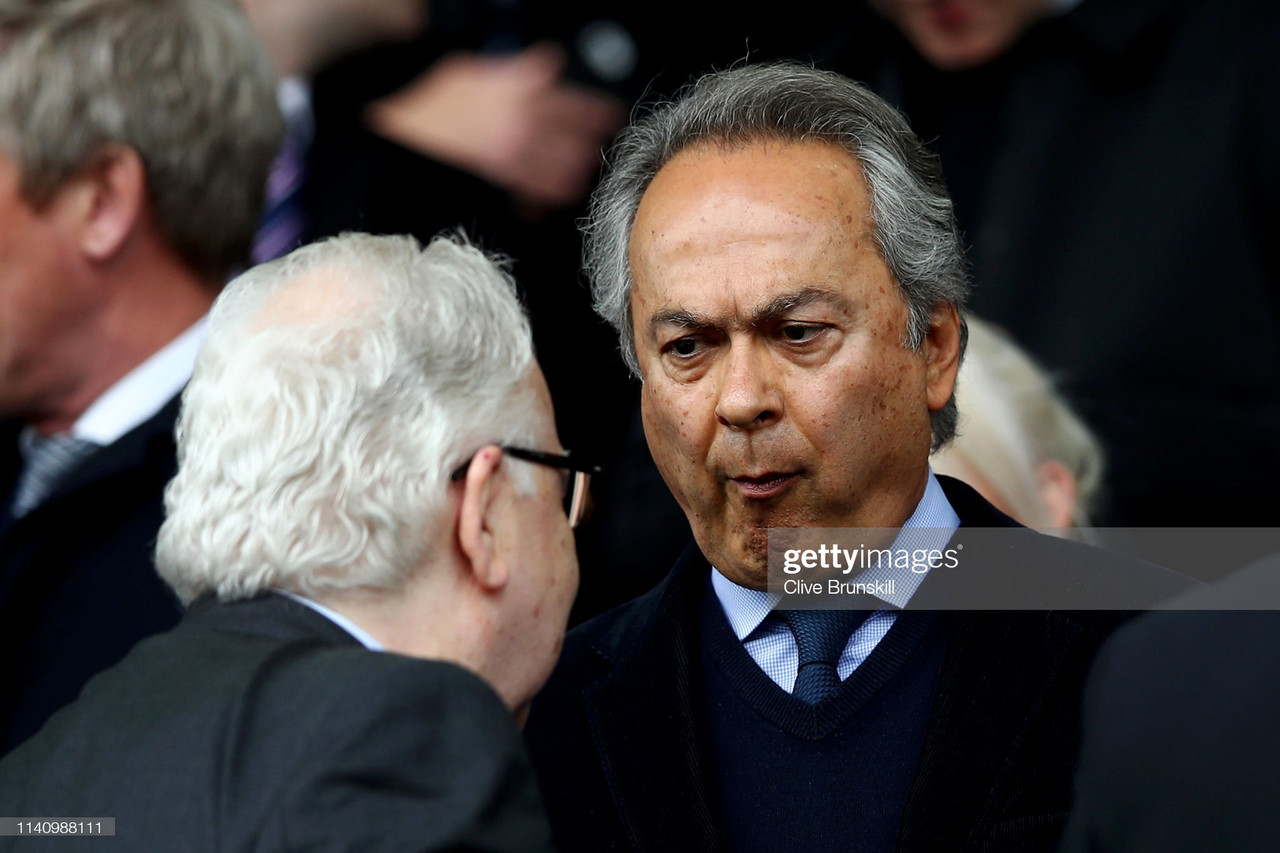The Good Old Days
Sparing any dramatization whatsoever, it is no secret the Toffees are melting. A club which rode every grain, speck, and molecule of luck last season, surviving by the skin of its teeth. Of course, in the most ‘Everton way possible’.
However, this story starts a long time ago. Everton won their last trophy in May of 1995, securing the FA Cup after beating Manchester United 1-0 at Wembley. Paul Rideout scored the opening goal, which proved enough to see The Blues oust The Reds and win the prestigious trophy.
The victory was so long ago that I myself hadn’t even been born yet and wouldn’t be until seven years later. Just to put some context to how long it’s been since we were a successful club, I am 20 years of age.
I’ve heard great stories and studied plentifully on such great teams of the 80s and 90s. This team saw Everton line up with Neville Southall between the sticks. A ‘keeper regarded by many as the greatest to ever don the gloves.
In front of him was the skipper and oh-so-reliable Dave Watson. He made 425 appearances for Everton between 1986-2001 after joining from Norwich City. His other honours include a First Division title in the 1986-87 season and two Charity Shields in 1987 and 1995.
He was partnered by the notorious David Unsworth - more affectionately known as ‘Rhino’. He made 188 appearances for the Blues, and he also managed the Everton u23s for eight years, stepping in as a Caretaker for the first team twice in 2016 and 2017.
Other names in the victorious squad were of course the match winner Paul Rideout, and perhaps most notably for any younger Evertonians, Duncan Ferguson. He made a substitute appearance that day and would play ten years’ worth of football for Everton across two spells.
Such a great team at the time, what went wrong?
The Beginning Of The End
In 1999, board member and renowned producer Bill Kenwright would acquire a 68% majority share from then-owner Peter Johnson. The deal cost Kenwright £20m and saw him become Chairman – a role he still resides to this day.
Under the ownership of Kenwright, Everton have had 14 permanent managers – including an 11-year spell with Scotsman and current West Ham manager David Moyes. 14 managers in 23 years, zero trophies. Like it or not, under his ownership, Everton started settling for mediocrity.
Everton is a giant club. They have won nine Division One Titles. Bill Kenwrights’ ambitions have never aligned with the Goodison faithful. The two have never wanted the same thing. Such fracture in said relationship has been shown on various occasions in the last decade.
Under Kenwight, Everton have made just three top-five and one top-four finishes. In twenty-three years of power, such results are simply unacceptable. Kenwright was never interested in making a major investment into the club but was instead settled for mediocre finishes year after year.
A Costly Power Struggle
It seemed Kenwright eventually decided to take a back step in 2016 when he listened to investment opportunities for the club. There were various proposals on the table for Kenwright but he eventually decided he would allow Iranian Businessman Farhad Moshiri to buy some shares in the club. At the time, these shares did not see him become the majority owner.
Moshiri had formerly been on the board at Arsenal, having been a part owner, but having no say in how the club was run. According to reports, he left said role in order to pursue a role with more power and privileges. He would raise his ownership percentage in January 2022 to approximately 94%, making him the majority shareholder – doing so on the condition that Bill Kenwright remained Chairman.
This relationship seemingly isn’t smooth running. Both Kenwright and Moshiri have their own ways of running the club, which clash often. Managerial vacancies have often created a power struggle, with both parties wishing for different names to take up the role.
How To Waste £600m
It can also be seen in the players signed to the club – though this is a whole new debacle. Moshiri is known amongst the Everton community for favouring ‘Hollywood’ signings, looking for big names to come in, which often also brings substantial wages and unbalances the wage structure. He favours signing from big teams.
Kenwright, on the other hand, favours signings from teams where he knows board members and can pursue his own deals. For example, defender Ben Godfrey was signed from Norwich - supposedly a deal created purely by Mr Kenwright.
Steps were taken to try and bring in a neutral figure to deal with transfer negotiations. The ‘Hollywood’ dealings of Farhad Moshiri once again reared their ugly head when he appointed former Leicester Director of Football Steve Walsh for a very high fee and wage. It was he who found starlets Riyad Mahrez and Ngolo Kante in the lower tiers of French football and headed the Foxes to their 2016/17 league title.
Walsh was a disastrous appointment; the club spent £150m on his recommendations in the summer of 2017, and they found themselves back to square one, having faced elimination from the Europa League and nearing relegation – if not for the appointment of footballing villain Sam Allardyce.
To Walsh’s credit, he did reportedly suggest to the Everton board that they signed then-Hull City duo Harry Maguire and Andy Robertson, as well as requesting Everton signed a young Molde forward for 4m, named Erling Haaland. Everton, that.
It seemed as if Walsh hadn’t been allowed to do his job, which became a reoccurring theme when he was replaced by Dutchman Marcel Brands. In his three-and-a-half years at the club, there was plenty to look back on.
During his tenure, Everton signed 22 players, with just one proving their full worth, in my opinion. The player in question is Richarlison. Signed for £35m from Watford and sold for a profit, Richarlison was probably our best player in nearly every season he played for us and almost single-handedly kept us up last season.
Brands was responsible for a few other decent signings. Lucas Digne was sold for a profit after a few decent seasons, before falling down the pecking order under Rafa Benitez after an argument about the style of football the Spaniard was playing. He was then sold to Aston Villa for a profit despite his age.
James Rodriguez fell victim to a similar fate. Rafa Benitez had never liked the player and let him go for free as soon as he came in. Rodriguez was the only creative player left at the club after a situation regarding an unnamed player and he had been a key performer the season prior despite his injuries. His departure put a huge dent in the squad, but he was on high wages.
Alex Iwobi at the time was considered an awful signing but since has come on leaps and bounds. Ben Godfrey and Jarrad Branthwaite seem decent enough acquisitions but are yet to hit the ground running.
The Dutchman was responsible for signings such as Moise Kean, who encapsulates the Brands tenure perfectly. The young, exciting Italian was brought in for £20m and had the football world talking. He scored two goals for Everton in 31 appearances and was dragged off the pitch almost as soon as he was brought on by caretaker Duncan Ferguson after problems with his attitude.
Hilariously, in his first loan away from the club to PSG, he scored 13 goals in 26 games, not including a few in the Champions League. It is still yet to be seen what happens with the player, but the likelihood is that Everton will receive a fee similar to what they paid for him from his former club Juventus.
Marcel Brands was under great pressure during his final season, which resulted in him being publicly scrutinised at Goodison Park following a loss to Liverpool. In the row, he blamed Rafa Benitez for the turmoil at the club, and soon after, he was relieved of his duties.
It was evident that neither Walsh nor Brands were given full control of their own roles within the football club, with Moshiri and Kenwright desperate to take charge and receive any plaudits.
The Club's Biggest Mistake?
Manager Rafa Benitez was also soon relieved of his managerial position after a 2-0 away loss to relegation-fodder Norwich City. His appointment and tenure deserve their own review, the half a year he was in charge was hilarious, baffling and angering in equal parts. An appointment which was doomed before it even began, with fans protesting his appointment while it was still in the rumour mill.
Ensuing Protests
The appointment of Rafa Benitez felt like an inside job of some sort. It still feels like a fever dream to this day. For me, it was what felt like the breaking point for the Everton fan base. The protests began with a walkout in the 27th minute against Arsenal to represent the 27 years it had been since Everton had won a trophy.
In typical Everton fashion, we won that game, and the protest was a disaster. However, the efforts did ramp up. After Benitez was sacked in December, the board had been lining up replacements. In late January, reports suggested in a two-horse race between Vitor Pereira and Frank Lampard, with the board favouring Pereira.
Vitor Pereira is notoriously a poor manager, looking as mercenary as Rafa Benitez had following stints in China, Portugal and Greece. He also relegated 1860 Munich to the German third division just four years prior. He was severely underqualified, but to be fair, so was Frank Lampard. What a circus.
More anger stemmed from the fact that Pereira was a client of super-agent Kia Joorabchian, a man who was very friendly with owner Farhad Moshiri. It very much felt like a ‘job for the lads’, a theme which continued when Moshiri would make the club use up a vital domestic loan on Anwar El Ghazi – another Joorabchian client. The Dutchman would make just two appearances for the club.
A New Era, Same Old Issues
Following mass protests at Goodison Park, Moshiri’s hand was forced and Frank Lampard was appointed the new manager of Everton Football Club. The Chelsea and England legend was dealt a poor hand, having no jurisdiction over the January signings bar one gamble on Dele Alli – the less said the better. He now sits on the bench for Turkish side Besiktas alongside, you guessed it, Cenk Tosun.
Lampard inherited a squad being carried by Richarlison and Jordan Pickford. Defensively shocking – Yerry Mina was the club's best centre-half but had and still has spent three-quarters of his career sidelined by various injuries. Ben Godfrey was also struggling and the club's only two senior centre-halves were under-performing Mason Holgate and Micheal Keane, who has struggled for years.
Everton would survive in dramatic fashion, and to Lampard’s credit, he did exactly what he was brought in to do. Though, results including a 3-2 loss to later-relegated Burnley put the future of the club in serious doubt.
Results elsewhere helped us stay afloat before a dramatic 3-2 home win to Crystal Palace guaranteed our safety in the penultimate Premier League fixture that season. Everton found themselves two down at half-time before goals from Micheal Keane, Richarlison, and a late winner by the returning Dominic Calvert-Lewin, saw the fans run onto the pitch in a release of emotions.
We survived by the skin of our teeth, but as a fan, you’d be lying if you said you stopped worrying about the state of the club and the direction it was headed.
The Present Day
So here we are. Present day. The summer transfer window came and went. We strengthened significantly everywhere we would have needed last season – in defence. Conor Coady and James Tarkowski were extremely impressive additions, as well as a few others signed in midfield.
However, we were no longer facing just last season's issues. We were now facing this season’s issues too. Star forward Richarlison was sold very early in the window to Spurs, but everyone involved with the club knew it would be the season he finally said his goodbyes.
Dominic Calvert-Lewin, whilst a handy forward, it was evident that we can’t rely on him due to his fitness If we want to guarantee survival. It was a glaring issue, which sadly we wouldn’t address. This was another shortcoming of the board. It didn’t take a genius to see we needed to invest heavily in forwards.
Further Poor Running
Instead, we signed Dwight McNeil – a player who registered just four goals in 112 Premier League appearances for Burnley over the last three seasons. That is not good enough. We also signed Neal Maupay, who might’ve been a decent signing should he have been brought in to play back up to a better forward. They were the only forwards we signed. Hilarious mismanagement.
These decisions are a gargantuan part of why we find ourselves where we are this season. We simply cannot put the ball in the back of the net. It is painful to watch. Our top scorer this season is academy graduate Anthony Gordon, who sits on three goals. We have just two players with more than one goal this season. 12 goals scored in 16 games is catastrophic.
Nearly thirty years of mismanagement from the top of the club has left us where we are today. We are doomed. I’m racking my brain trying to figure out how such successful people can have no clue how to run a football club. Something drastic must change at the top of the hierarchy, or Everton Football Club is going to drop.










































